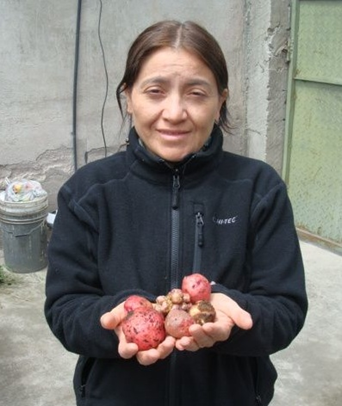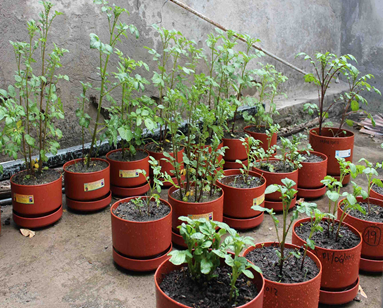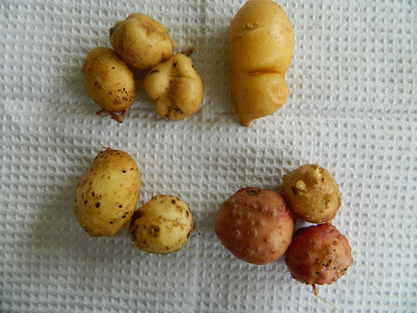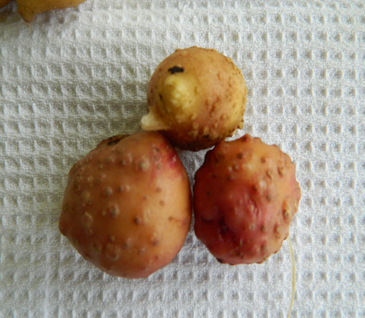Canastas Comunitarias: Una experiencia en Sistemas de Alimentos Sanos en la Sierra Centro del Ecuador. Ekorural
En los últimos años, EkoRural facilitó, por un lado, el relacionamiento activo de organizaciones comunitarias de base con grupos de consumidores (canastas familiares) y, por otra, el registro de datos, argumentaciones y discursos que acompañaron la experiencia. Los resultados son presentados y discutidos en términos rentabilidad, autonomía, fortalecimiento agroecológico y equidad. El número de entregas, productos, agricultores participantes, así como el total de productos comercializados en ambos espacios fueron registrados. A nivel de productores, además del fortalecimiento de los procesos de planificación, se profundizaron los análisis en costos de producción y comercialización y se registraron los precios oficiales por producto a nivel de las estadísticas públicas disponibles en mercados mayoristas. Los análisis demuestran que, en general, las canastas representan espacios de mercado estables para productos con rentabilidades positivas aunque no para todos los productos. En ningún, caso se encuentran rentas negativas en ventas a las canastas. Durante el 2011, las Canastas hicieron compras sobre los $USD 20 000 provenientes de 5 fuentes, pero el mercado sigue siendo pequeño. Los estudios realizados durante el período, muestran en forma sucesiva los efectos y alcances de diversificación en la chacra sobre los usos, conocimiento y consumo de nuevas especies vegetales a nivel de las familias productoras. Esta cuestión puede ser considerada como una contribución mayor de las canastas comunitarias en términos de fortalecer la biodiversidad y resiliencia en fincas.
Comentarios y preguntas de los participantes
Reporting Thecaphora solani in potato tubers in Ecuador.
P.J. Oyarzun1, Andrade, J and G.A. Forbes
Fundación EkoRural, 2International Potato Center. Lima Perú.
The tropical highlands of Ecuador are the genetic center for several Solanaceas species, including potato. Thecaphora solani, Ts, causal agent of smuts, the common name of the disease, has been reported as present in Ecuador in different sources (2,3, 4) but no further evidence was provided to support the claim. Barrus in 1944 (1) reports to have examined spores from Ecuador sent by both, Stevenson of the USA department of Agriculture, and by L. Rodriguez who collected materials in Alaousi, a place close to Riobamba in the central province of Chimborazo, in 1943. In 1998, Dr. J Kalazic, technical advisor for the McKnight Foundation, informed the authors of smut presence in potato seeds lots for sell in the Bodegas of Salcedo, a place in the central Sierra of Ecuador. Colleagues of the Ministry of Agriculture had earlier mentioned the presence of the disease in some counties of the province of Chimborazo, as well. With this information, early in the year 2000 a survey was performed to find this fungus. Neither in Salcedo’s potatoes seeds stores nor in the field crops sampled in the southern counties of the province of Chimborazo, where symptoms looking as smut were reported, were the authors able to detect the presence of the disease.
Recently, in a home garden in the south of Riobamba city, in Chimborazo, smuts in tubers of the variety I-Fripapa probed to be dominant, Picture 1a and b. After cutting; micro-sclerotia became visible in the flesh of the potato. Picture 2a.
1a | 1b |
 |  |
Picture 1. Smuts in potato tubers from a field garden in Riobamba (a). A close up of smut symptoms causing severe tuber deformation (b).
After incubation, typical macrospores developed in the affected tubers. Soil was collected and a small varietal test was set. Picture 2b. After four month grow in pots typical symptoms in the form of small tumors developed in tubers, see Picture 3. Similar symptoms were described by Torres, 2002, (5), for Ts’s infections.
| 2a | 2b |
 |  |
Picture 2. Micro-sclerotia inside of tuber affected by Thecaphora solani (a); a test in pots with TS inoculated seed tubers in the back row, and tubers sown in natural infested soil, central row (b). Note the strong stunting in this row.
 |  |
Picture 3. Typical early symptoms of T solani infection in tubers of various cultivars grown in pots for four months. Oct 2012.
Considering the importance of this disease for the use of farmer’s own potato seed and for bulk sells of potato as seed, the distribution and incidence of the fungus, apparently very restricted geographically, needs further clarification. Particularly because, as shown in Picture 3, early symptoms of smuts looks quite similar to that caused by Spongospora – powdery scab - infections.
